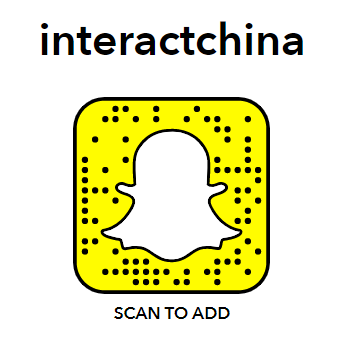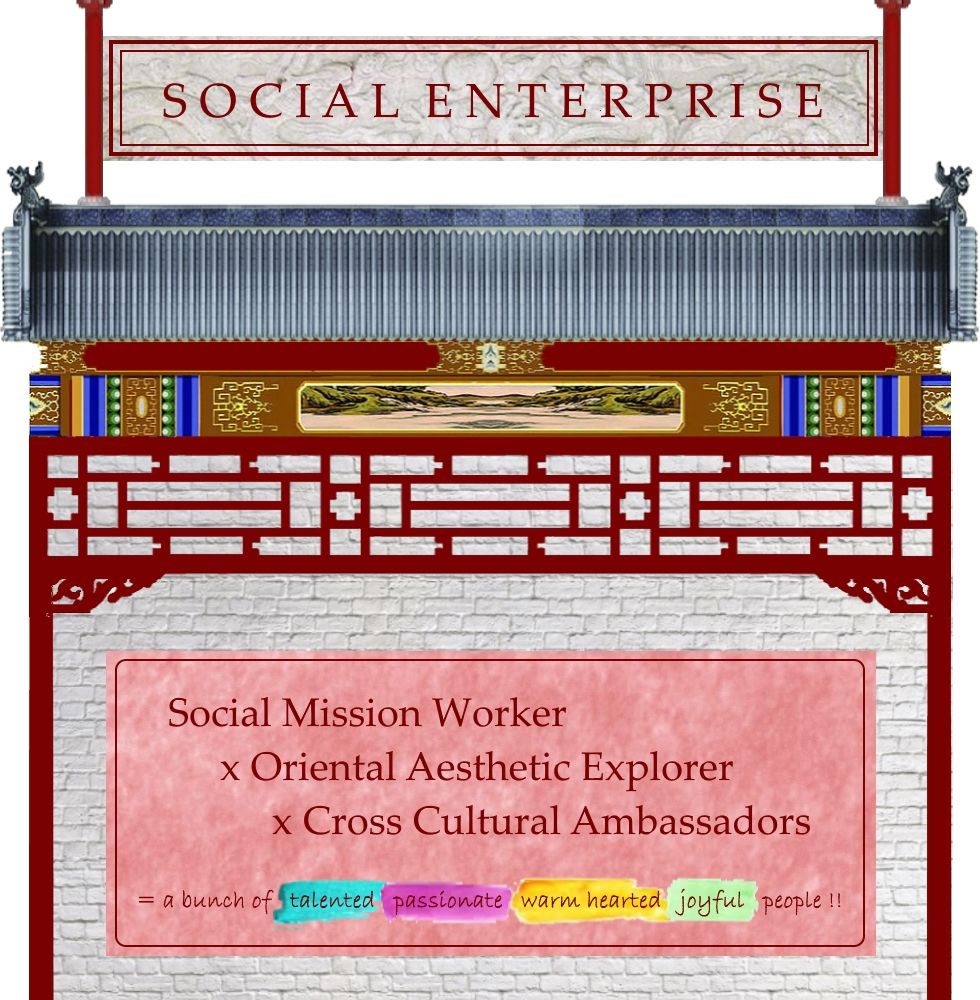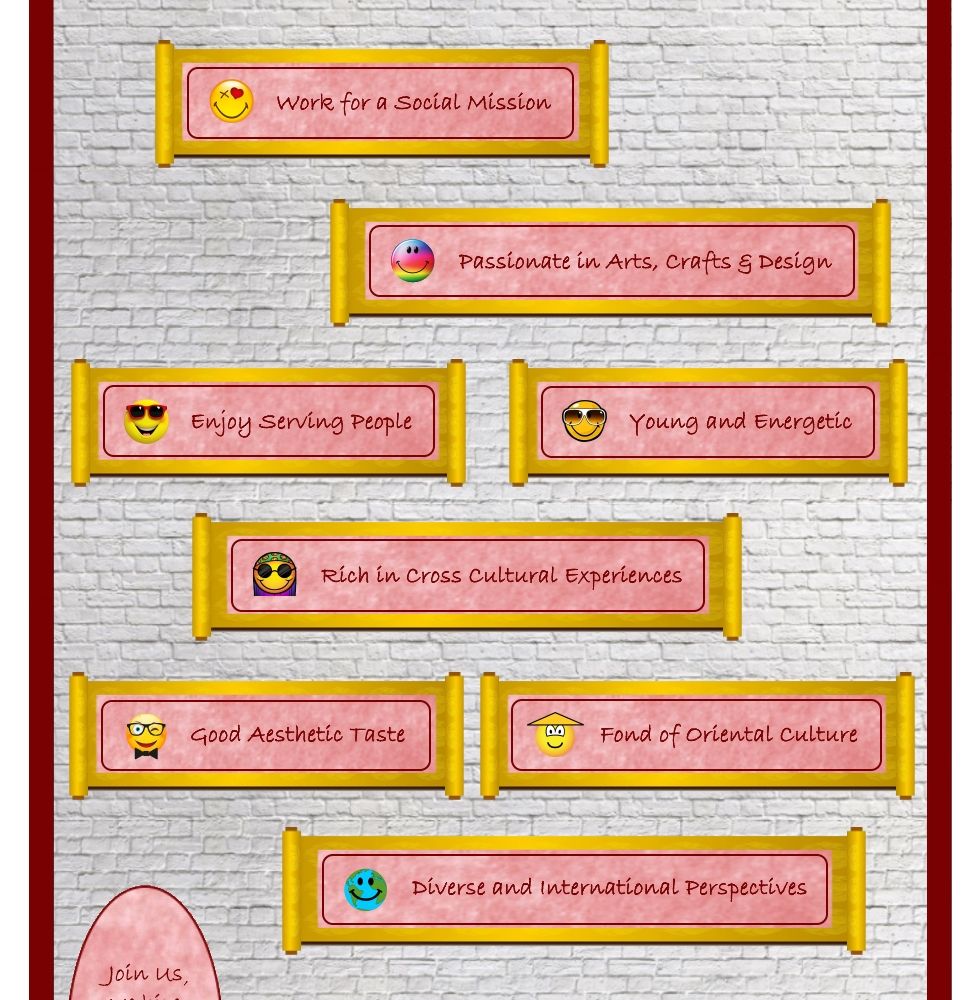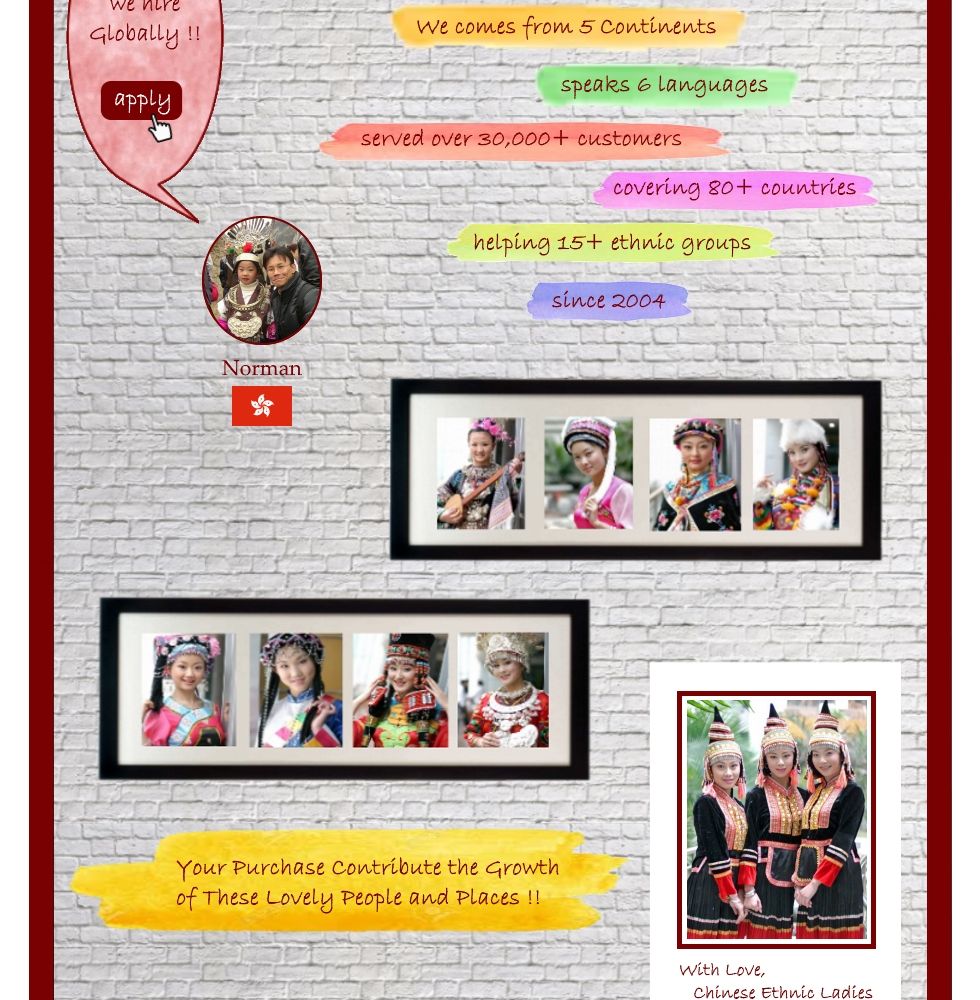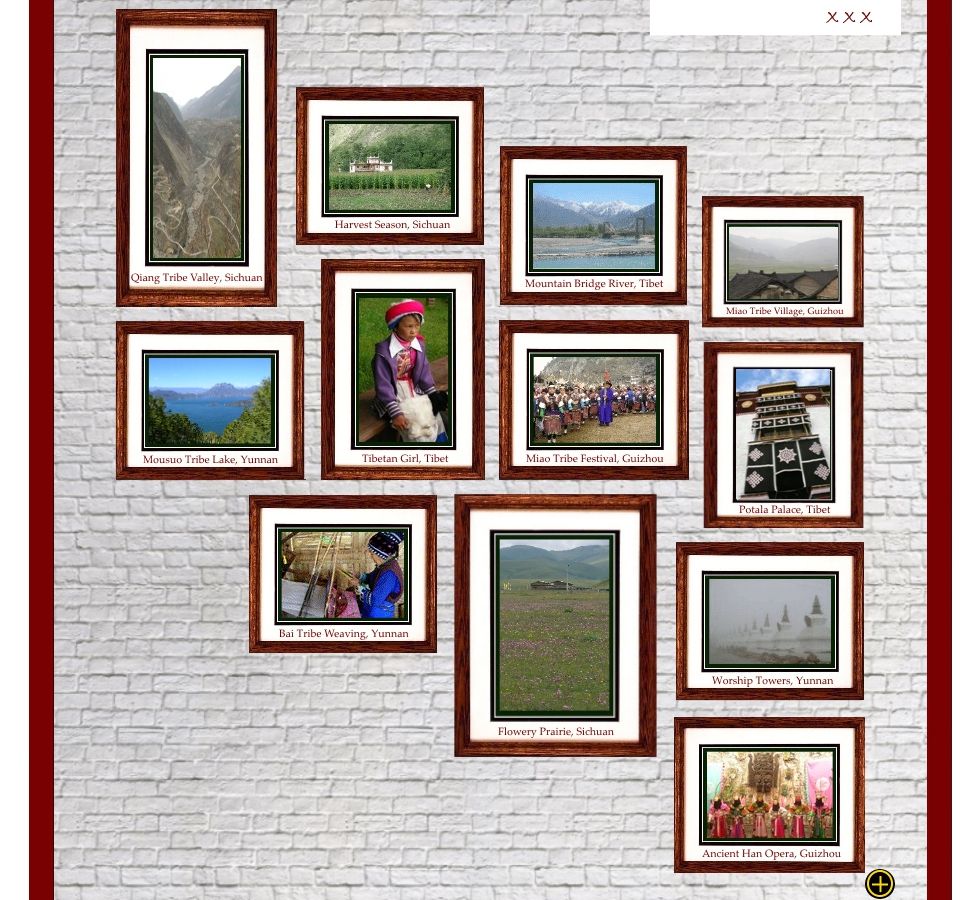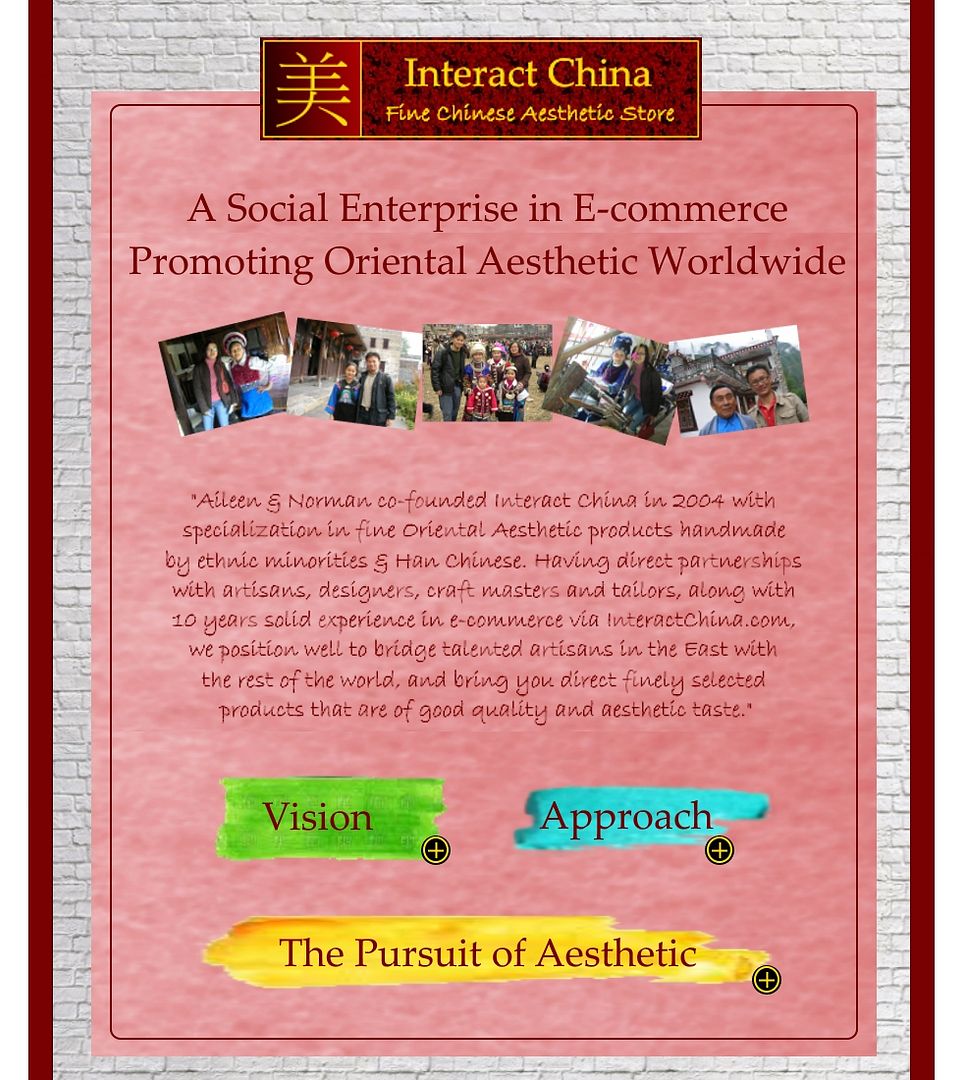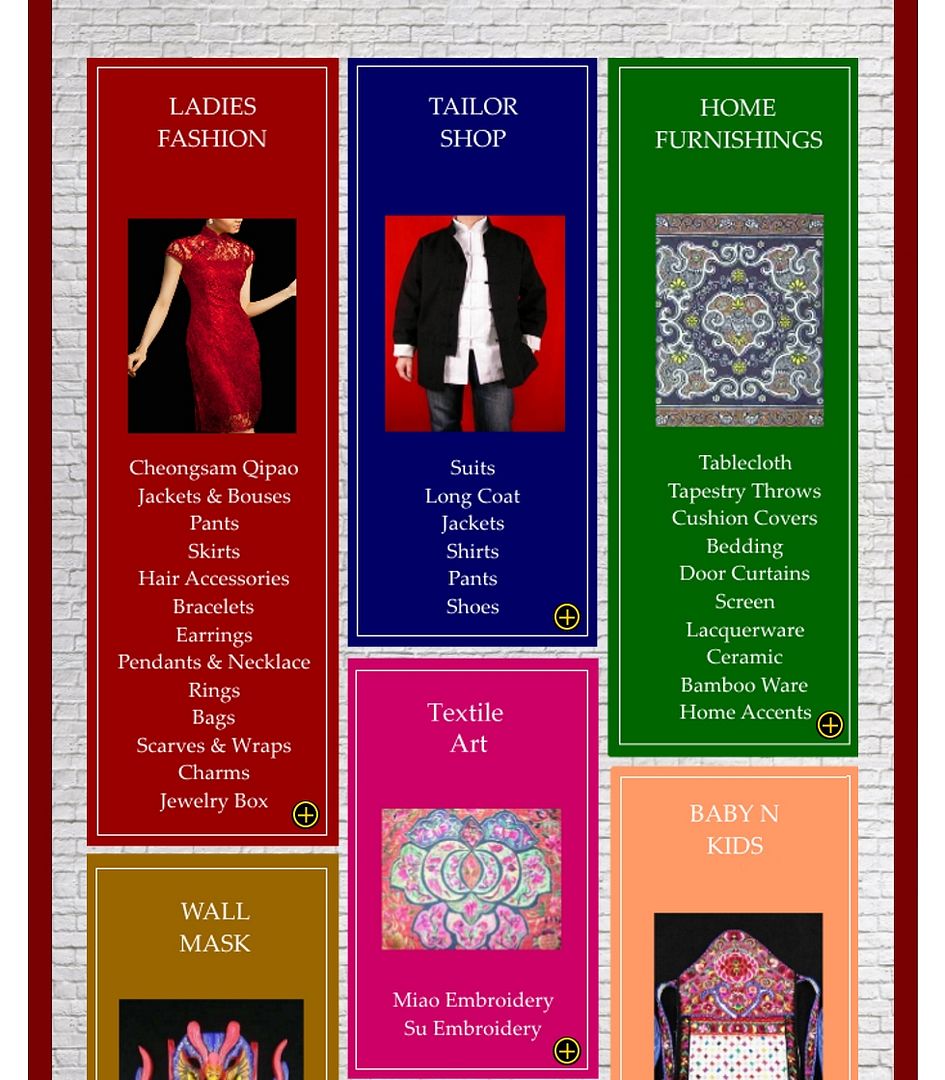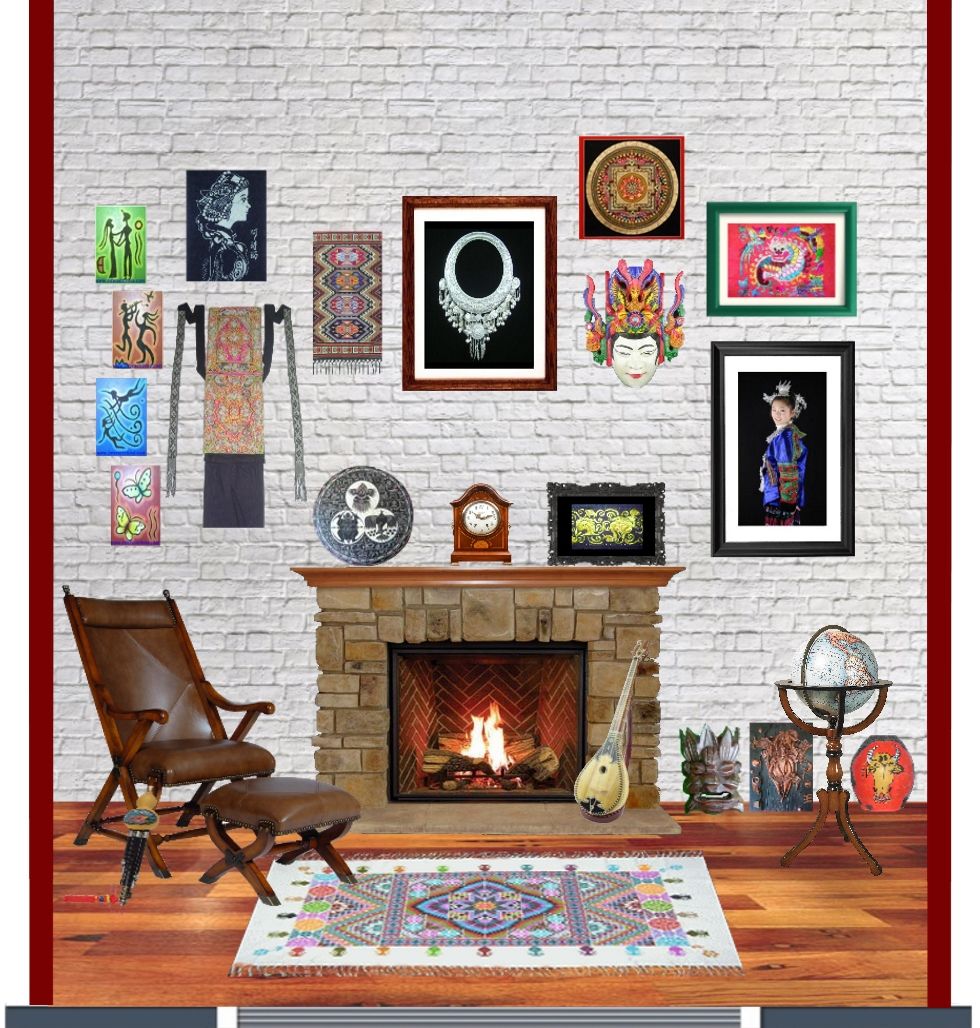Elegant Miao Pleated Skirt
5th Jun 2017
 Though made and worn by several China’s ethnic groups, the pleated skirt is most common in the Miao Hmong tribe. Difference in length of the skirt, number of the pleats and style of ornaments distinguish the skirts of one group from another.
Though made and worn by several China’s ethnic groups, the pleated skirt is most common in the Miao Hmong tribe. Difference in length of the skirt, number of the pleats and style of ornaments distinguish the skirts of one group from another.
Pleated skirt has hundreds or even thousands of pleats. There are colorful motifs and figures embroidered on it. Most Miao Hmong women wear it except women in western Hunan province, China. It is said that in ancient times, Miao Hmong women wore tubular skirts, but they changed to pleated skirts to differentiate from other nationalities.
A Legend about the Pleated Skirt
There’s a story about the pleated skirt in the central Guizhou province. In ancient times, Miao Hmong skirts and Han were of no difference. In order to distinguish them, a mother and daughter decided to make a special skirt to symbolize the Miao Hmong. They thought for a long time. Later they were inspired by the fungus, so they made a skirt based on the pleats of the fungus. The Miao girls saw it and all praised it. Then they all learned to sew pleated skirts. So pleated skirts spread all over the Miao Hmong villages and women in different groups of the Miao Hmong began to wear pleated skirts.
Kinds of Pleated Skirt
The Miao’s pleated skirts can be divided into three kinds by the length: long, medium and short. Long skirt reaches the instep, medium exceeds the knees and short reaches above the knees. The skirt worn by Miao Hmong women in Leishan is only 20 centimeters long and people call this group as Short Skirt Miao.
Making Process
 The pleated skirt is beautiful and artistic but complicated and time consuming to make. Fabric of 16 to 26 meters long is needed to make the skirt. The width of the fabric will dictate the length of the skirt. All skirts are “wrap around” style and have a narrow band that ties the skirt safely on the waist.
The pleated skirt is beautiful and artistic but complicated and time consuming to make. Fabric of 16 to 26 meters long is needed to make the skirt. The width of the fabric will dictate the length of the skirt. All skirts are “wrap around” style and have a narrow band that ties the skirt safely on the waist.
The fabric is first laid out on the grass or ground and sprayed with a sticky liquid of water thickened with rice paste. A board is placed under one end of the fabric to fasten the fabric. They then hand pleated the fabric. This pleating is very fast and only the skilled woman can keep the pleats even and identical.
The fabric is again sprayed with the water and rice paste mixture and the pleats are sewn together with thread to fix the patterns. This pleating process may take several days to complete. The fabric is then tied around a round wood to keep the pleats in place while the fabric is left to dry.
Next, the fabric is dyed, washed and dried. The process of dying, washing and drying is repeated many times to get the desired color. Dark purple and dark brown are popular colors.

After the dyeing process is complete, decorative strips are sewn to the bottom of the skirts, either embroidered band or handmade ribbons.
by Xiao Xiao @ InteractChina.com
About Interact China
“A Social Enterprise in E-commerce Promoting Oriental Aesthetic Worldwide”
Aileen & Norman co-founded Interact China in 2004 with specialization in fine Oriental Aesthetic products handmade by ethnic minorities & Han Chinese. Having direct partnerships with artisans, designers, craft masters and tailors, along with 10 years solid experience in e-commerce via InteractChina.com, we position well to bridge talented artisans in the East with the rest of the world, and bring you direct finely selected products that are of good quality and aesthetic taste.
So far we carry 3000+ goods covering Ladies Fashion, Kungfu Clothing, Home Furnishings, Babies & Kids, Painting Arts, Textile Arts, Carving Arts, Tribal Jewelry Art, Wall Masks and Musical Instruments. Our team speak English, French, German, Spanish and Italian, and serve customers worldwide with passion and hearts.
P.S. We Need People with Similar Passion to Join Our Blogging Team!
If you have passion to write about Oriental Aesthetic in Fashion, Home Decor, Art & Crafts, Culture, Music, Books, and Charity, please contact us at bloggers@interactchina.com, we would love to hear from you!






